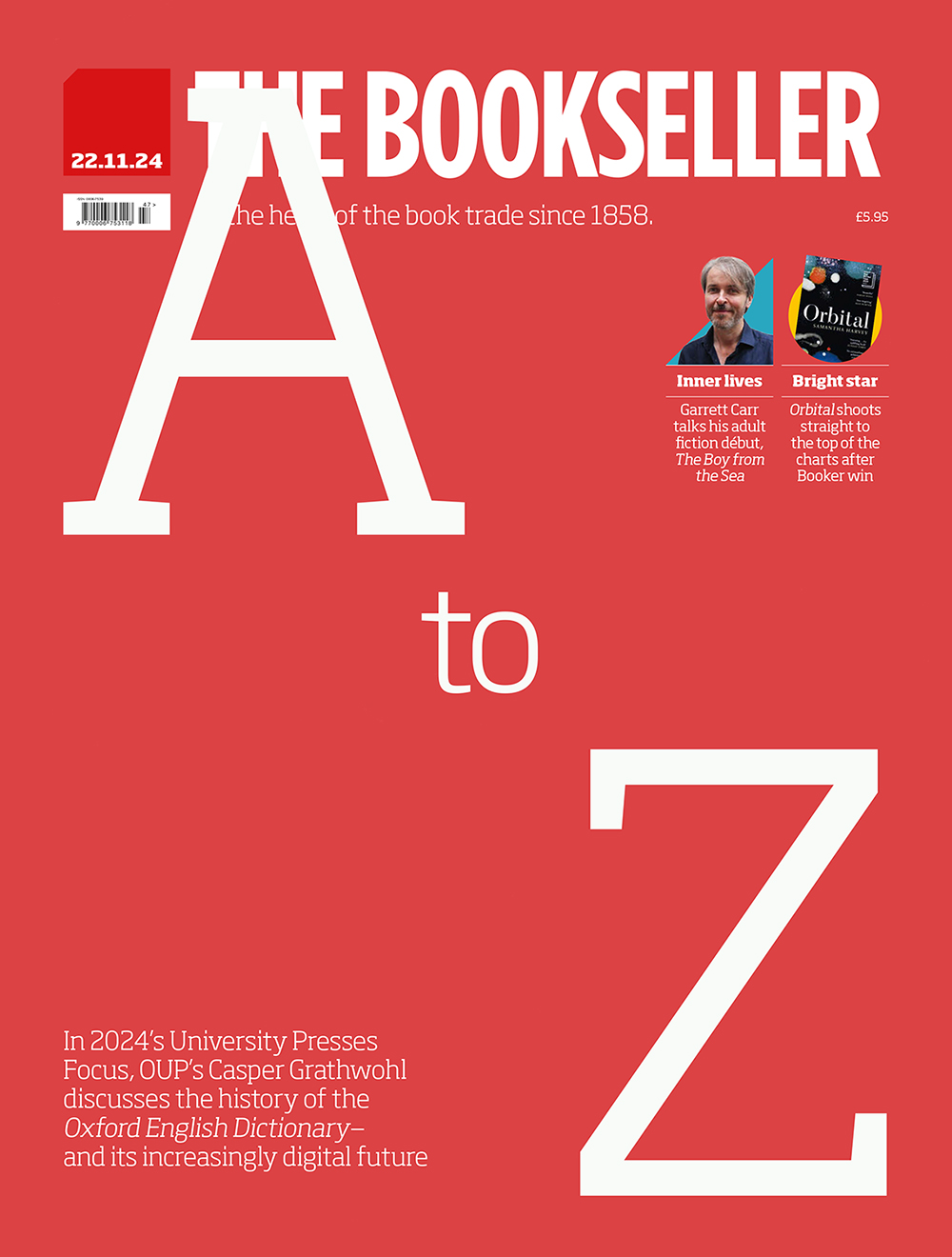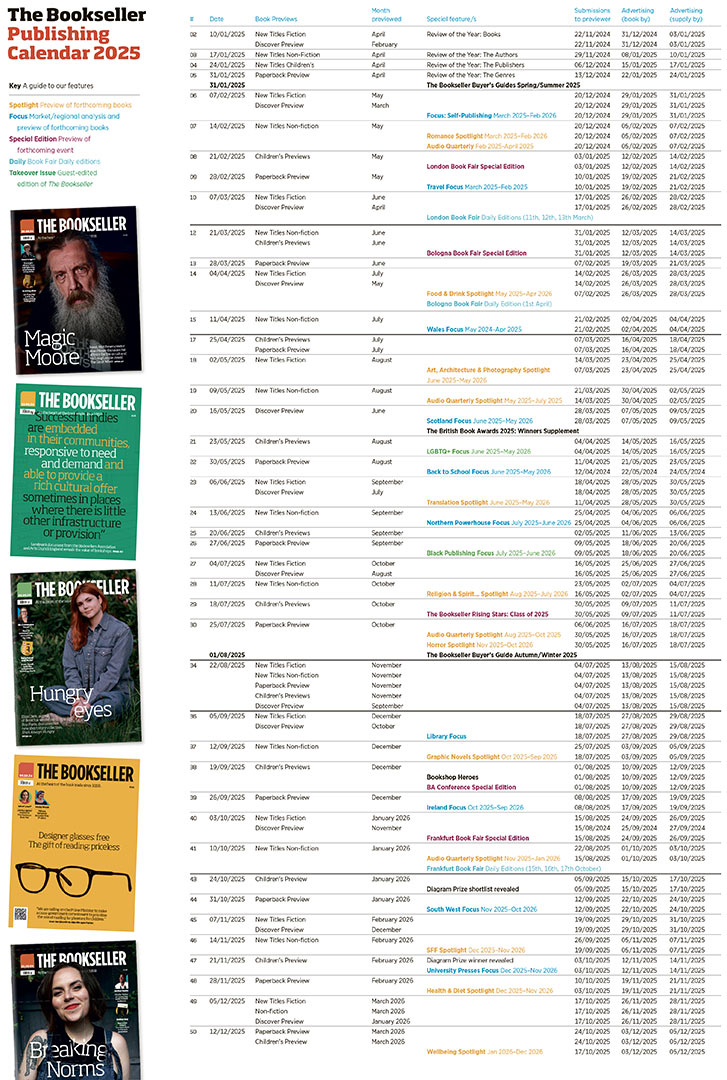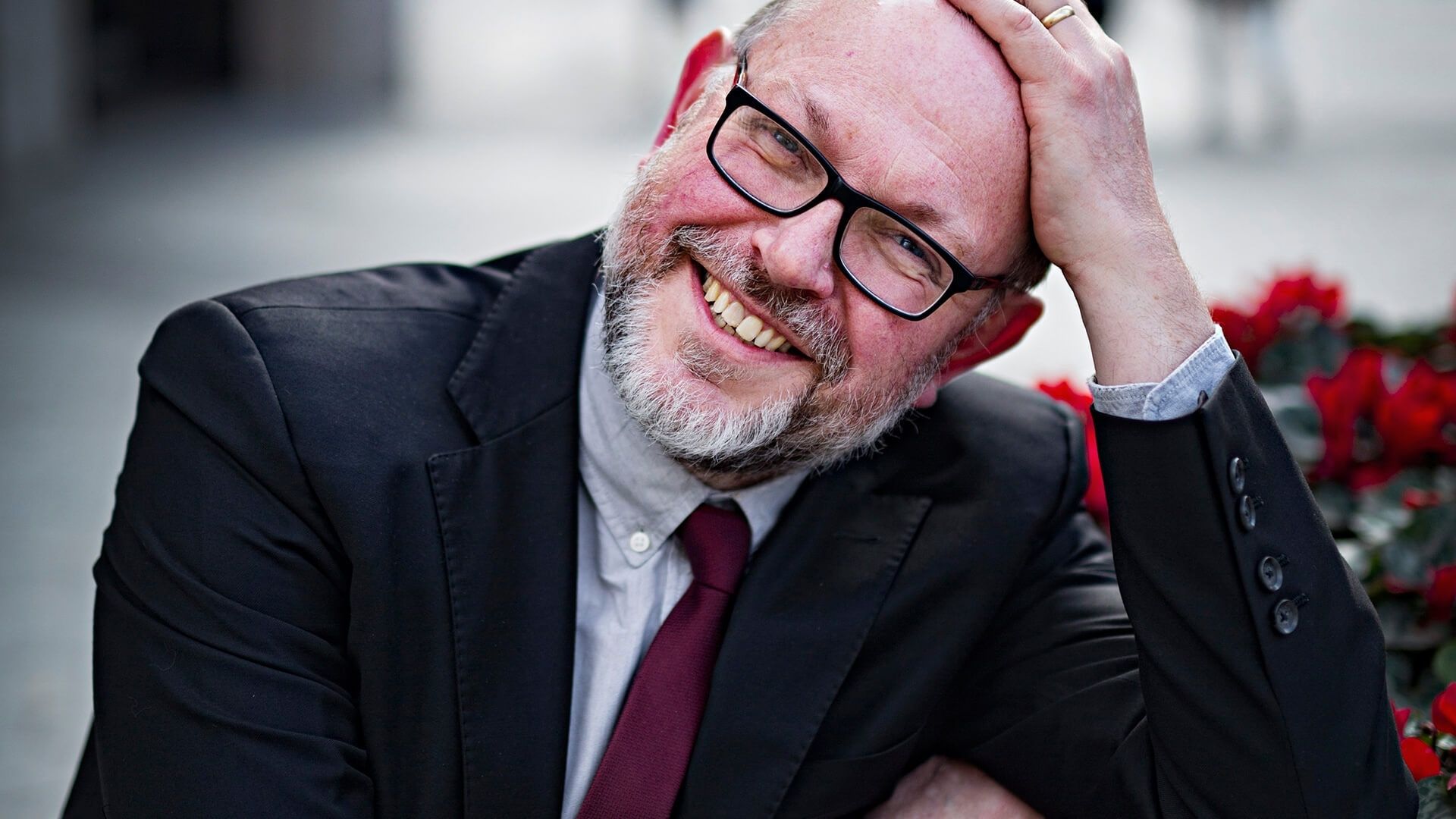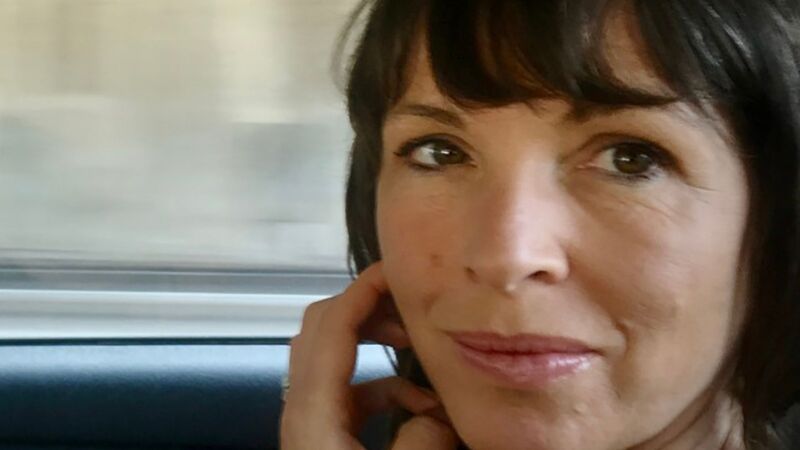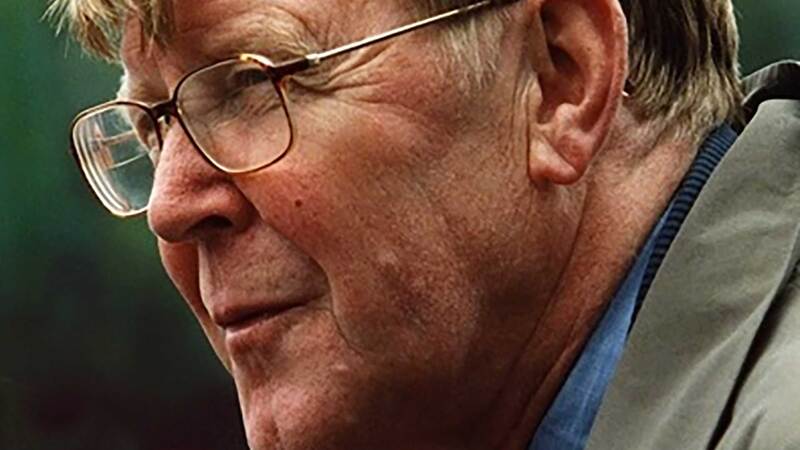You are viewing your 1 free article this month. Login to read more articles.
Francis Spufford in conversation about his second novel, Light Perpetual
The second novel from Francis Spufford is a decade-jumping yarn following five very different lives...
For the past 12 years, Francis Spufford has walked to work at Goldsmiths College, part of the University of London, where he teaches creative writing. His route takes him down New Cross Road, past a branch of Iceland unremarkable in every way, apart from the small brass plaque on the wall outside, which commemorates a wartime tragedy. In November 1944, a V2 rocket fell on what was then a branch of Woolworths. It was a Saturday lunchtime and the shop was full of mothers and their young children: 168 people were killed in an instant.
When he speaks to me over the phone, Spufford says he was “haunted by the thought of those very young lives coming to an end before they had got very far, and before they’d had a chance to experience everything the rest of the 20th century was going to mean for London.
“It struck me that those children were perched on the threshold of enormous change, and that you couldn’t really take in what had been stolen from them by one German rocket unless you reconstructed what they might have got. But of course, I didn’t want to play biographical games with real dead children, so I invented my own London borough [Bexford] and my own similar, but not quite the same, V2, so I was free to weave forward in time what they should have, might have, could have had.”
His dazzling second novel, Light Perpetual (Faber & Faber), imagines the futures of five fictional working-class children—twins Jo and Valerie, and Alec, Ben and Vern—if only the bomb had passed them by and they had been permitted to live their lives. A working-class child of the 1940s would have had the potential to live an extraordinary life, given the seismic societal changes of the 1960s together with rising prosperity. As they grow up and the old class barriers start to crumble, the five are given, or seize, opportunities that were never available to their parents. As Spufford says: “They were born into something quite rigid, but it melted as they reached adulthood.” Almost anything seemed possible “because they scattered in all directions, into all possible destinies”.
I love that endlessly varied pressure from other people’s lives in cities
One such South London boy made good is Keith Richards, whose words provide an epigraph at the beginning of the novel. Spufford says, of Richards’ autobiography Life, “if you look at the photographs in it, he starts off as a black-and-white schoolboy in shorts, in this world of Spam sandwiches and austerity and milkmen with horses and carts. Then he becomes this early adopter—there were very few people dressed like him in the mid-1960s—and he drags the rest of the world after him, in some ways. You can see the extraordinary distance travelled by that one generation.”
Light Perpetual visits Val, Jo, Ben, Alec and Vern in 1949, in 1964, in 1979, in 1994 and in 2009, for a day in each year, covering five days of their life in total over the course of the novel. It is an ingenious structure which enables Spufford to show the unpredictability of individual lives and how everything is subject to change. “I wanted a big enough gap so that you got moved onwards, not just through the decades but through the phases,” he says. “Of being hopeful, working out what your trade is going to be, getting a job, falling in love, coping with parenthood, coping with the downsides of your marriage, disappointment, coming out the other end of mental illness into unexpected happiness.”
One of the most powerful sections of the novel concerns Ben, and his battle with mental illness. One of his days is spent in the grip of a terrifying psychotic outbreak, while somehow managing to function as a bus conductor on a London bus. It is an extraordinary piece of writing. “What I wanted was the violent contrast between somebody coping [externally] and the inside of their mind, where they are barely hanging on by their fingernails.”
In telling the stories of Jo, Val, Alec, Ben and Vern, the novel also offers a fascinating glimpse into recent British history, objectively not that long ago, yet at the same time unimaginably distant. From jobs that no longer exist—Alec is at one point a typesetter for a national newspaper who gets involved with the print union battle—to long-lost teenage tribes of mods and casuals. It is also a novel about London, the ever-changing city. Spufford now lives in the small city of Ely, where his wife is canon of the cathedral, but he has lived in Brixton Hill and Peckham: “I love that endlessly varied pressure from other people’s lives in cities.”
Fifteen to one
He settled on a 15-year interval each time, not only because each character would be “in a different place in the map of their lives”, but also in order to show “that the world has shifted appreciably around them. This book is about time, I wanted [the reader] to feel time as something that keeps happening.” In his mind was Jennifer Egan’s A Visit from the Goon Squad, “which makes you feel time working on people... I wanted each section to be a bit like one of those ‘before and after’ photos, where time ‘jumps’ and you can really notice the changes.”
I thought to myself, I have written an extremely fancy book, like a kind of brocade-embroidered waistcoat
What Light Perpetual shows the reader, of course, is that there are no ordinary lives; each is extraordinary in its own way. “I wanted to do something that showed how full of multiple possibilities and multiple moods every single life is,” agrees Spufford. “Without them having to be lives of obvious glamour or lives of big public success.”
With its concentration on the ordinary and everyday successes and failures, Light Perpetual stands in stark contrast to Spufford’s first novel, Golden Hill. It was the result of a “shy, crab-wise crawl towards fiction” after five acclaimed works of non-fiction. His tale of an Englishman in colonial New York—“like a newly discovered novel by Henry Fielding, with extra material by Martin Scorsese,” found the Times—scooped three major prizes: the Costa First Novel Award, the RSL Ondaatje Prize and the Desmond Elliott Prize. This step change with his second novel was deliberate: “I thought to myself, I have written an extremely fancy book, like a kind of brocade-embroidered waistcoat.” He casts around for a suitable object to represent Light Perpetual and comes up, laughing, with a Formica table.
Golden Hill had the form of a caper, he says, with “a clockwork plot, tightly wound up, and then it would go racing off across the tabletop. Whereas this doesn’t have the ‘got to get to the end to find out what happens’ thing, because—spoiler—everyone gets old...
“But that is the happy ending, that they got to do that. What I hope it has is the fascination of following out strands in the lives where everything makes sense when you look backwards, but you are constantly surprised going forwards.”


